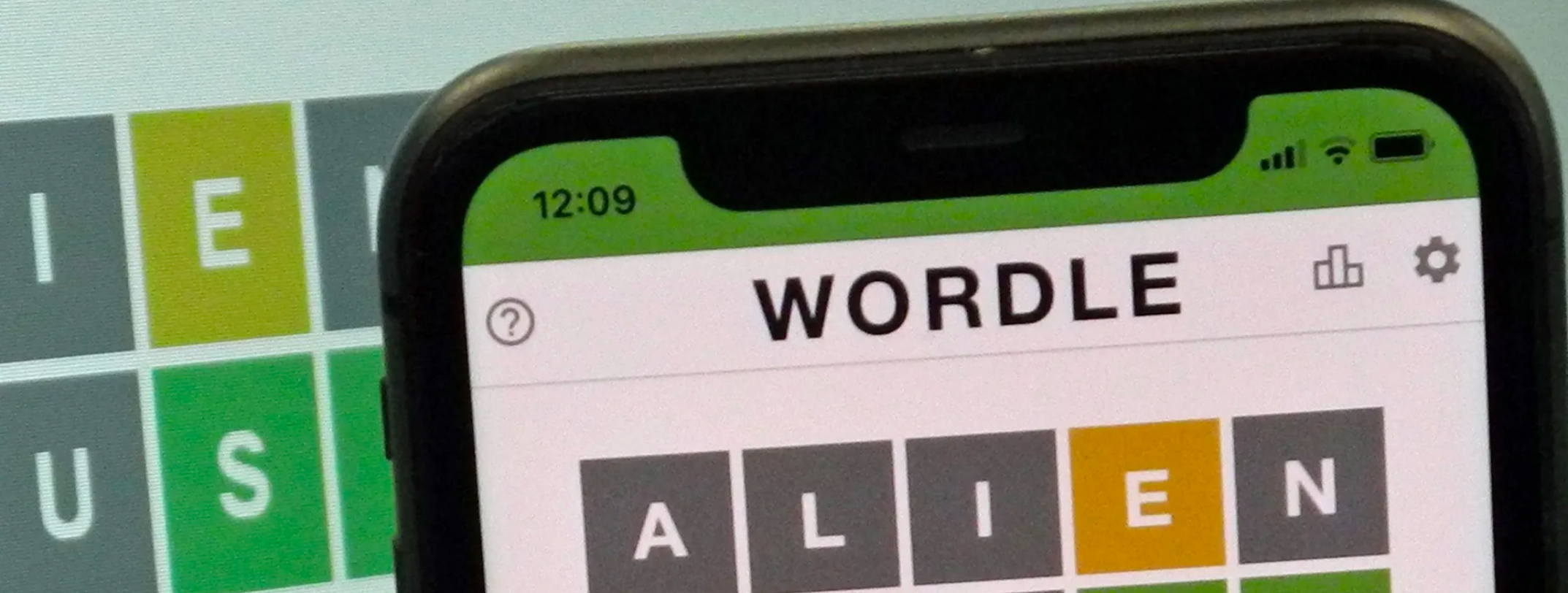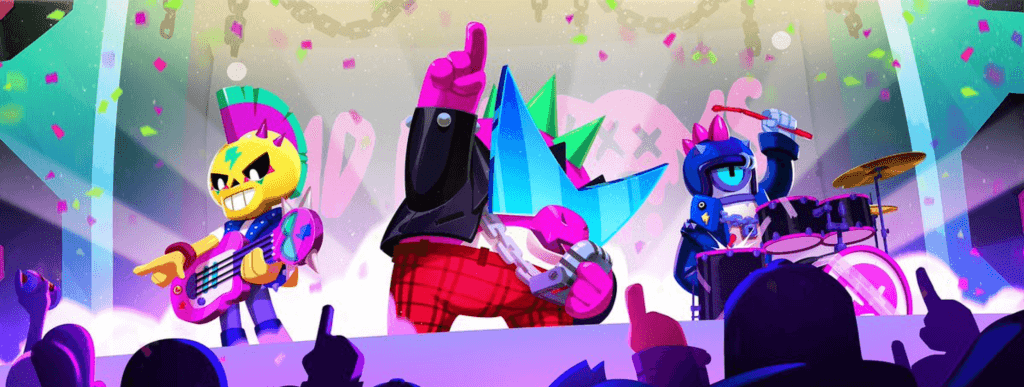Creating a game that has the entire world talking about it is a pipe dream for most app and mobile game creators, but it’s a dream that actually came true for software engineer Josh Wardle when he released his free-to-play puzzler, Wordle, in October 2021.
You’ve likely seen its green, grey, and yellow blocks on your Twitter feed, but for those who aren’t familiar with the game, it’s an online word-based guessing game where players get six attempts at guessing the five-letter word of the day.
It’s a simple concept, with every guess attempt you make having the potential to reveal hidden letters in the final answer. Wardle originally created the game for his partner as a fun puzzle game to play in her spare time and never expected it to reach the level of popularity it’s enjoying today.
By the end of January, Wordle had millions of daily players, and it had proved so popular that The New York Times (NYT) ended up buying it for an undisclosed seven-figure sum, leaving those that know and love the game the most wondering what’s next for the popular puzzle? And if The New York Times is going to make changes to Wordle, what will those changes look like?
While no one can know for certain what the future looks like for Wordle, our analysts have used the GameRefinery platform to analyze the most popular word games and the features that make them so popular. By taking a deeper look at the motivations of word game players, we can see which features are currently missing from Wordle and why the game would benefit from implementing them in the future.
But first, let’s take a look at the biggest question on every Wordle player’s mind right now…
Will Wordle remain free-to-play?
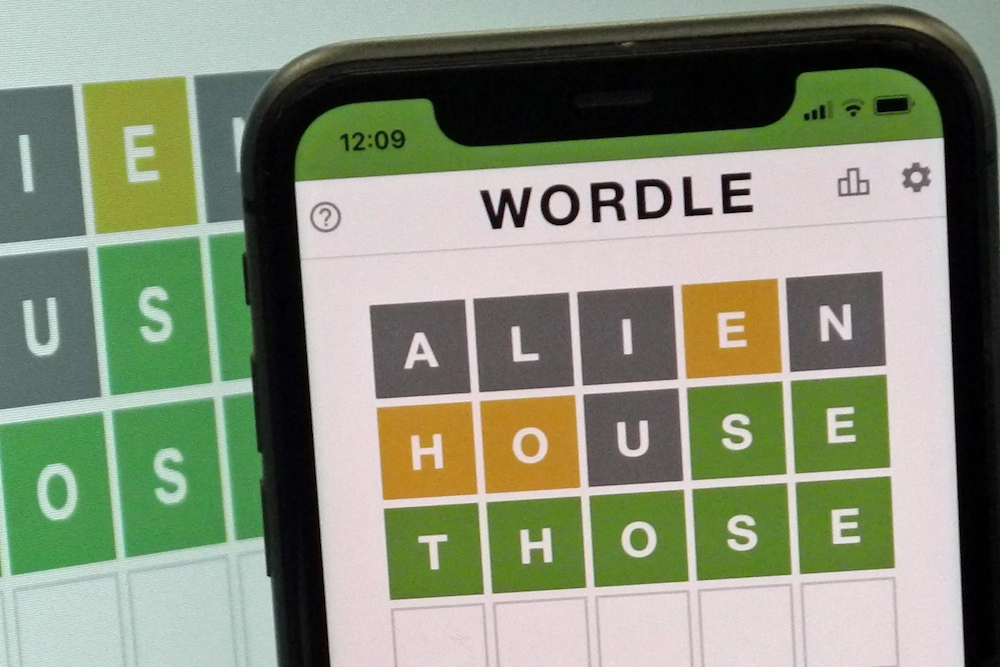
After The New York Times buyout, many Wordle fans were worried that the game would be locked behind a paywall, and they’d have to buy a news subscription to access the game. The NYT was quick to play down those fears, announcing in a statement at the time: “At the time it moves to The New York Times, Wordle will be free to play for new and existing players, and no changes will be made to its gameplay.”
That’s for the time being, at least. It’s worth noting that many of The New York Times’ other puzzle and word games are locked behind a subscription paywall. The publication also takes great pride in its word games and still has a dedicated crossword and games (not video games) editor to this day. Likely, it’s currently weighing up the potential backlash from putting the game behind a paywall against the number of new subscribers it could make in the process.
The game has been removed from its original web address and is now available on The New York Times website and can be played through a web browser or mobile devices. It’s possible that they’re considering evolving the game into a F2P service with ad monetization, but again, they’ll have to be wary of any potential backlash small changes to the game might make.
That said, Wordle could implement plenty of features that would enhance the game and add value to players, particularly with social elements. Let’s take a look at them.
How Wordle would benefit from new social features
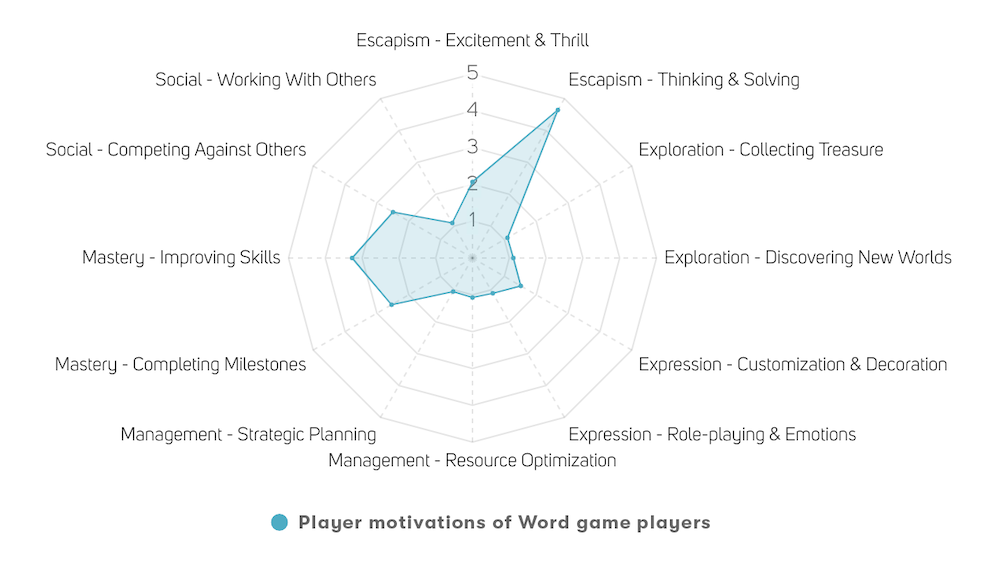
Social features such as guilds, PvP (synchronous or asynchronous), high scores/leaderboards, and chat messaging continue to grow in popularity, and many of the top F2P word games, such as Wordscapes and Words With Friends, feature them.
True to its name, Words with Friends features asynchronous matches for competitive gameplay, allowing players to challenge friends or family members while tapping into the ‘competing with others’ motivation that’s an important driver for puzzle games. Similarly, Wordscapes features weekly tournaments that take place on weekends, allowing players to compete against each other in a competitive ladder event.
Wordscapes also features collectible elements in the form of a photo album which adds a new aspect to the game. Complete enough daily puzzles in the month, and players will be rewarded with animal photos for their photobook.
All of these features are interesting because they could easily be implemented within Wordle to increase player retention and engagement. One of the features responsible for Wordle becoming so popular is its social sharing. Players can share how many attempts it took them to guess the correct word on social media platforms without giving away the answer.
Looking at the player motivations for word games, leaderboards and high score mechanisms could be introduced into Wordle to encourage daily gameplay and tap into the want for ‘completing milestones’ and ‘competing with others’ PvP elements would also be effective, while the introduction of daily challenges, perhaps in a similar way to Words with Friends that features different game modes, would keep players who are motivated by ‘completing milestones’ to keep playing.
More importantly, all of these features don’t run the risk of ruining the traditional Wordle experience that players have come to know and love. They simply present additional opportunities to build on top of the base game, and additional features such as these could also be incorporated as monetization elements. Which got us thinking…
Will Wordle ever be monetized with ads and in-app purchases?
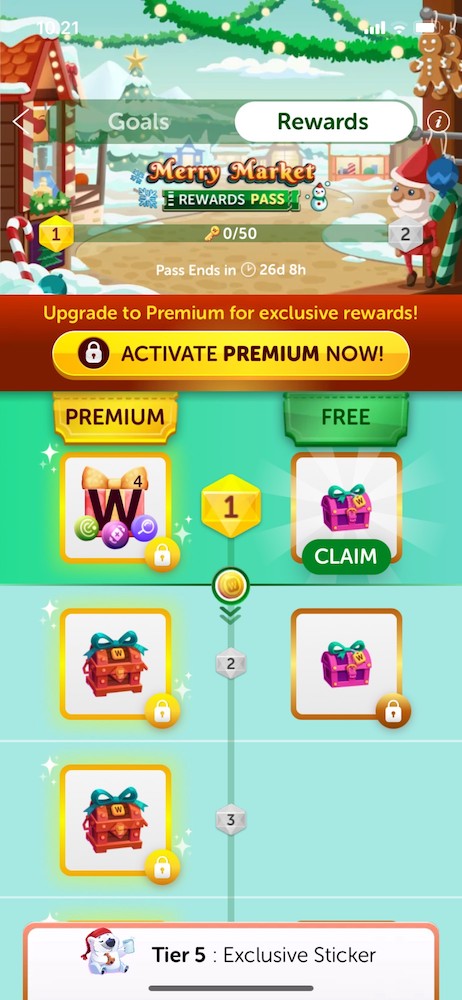
Of course, The New York Times has another option other than putting Wordle behind a paywall: introducing monetization elements through ads and in-app purchases (IAPs). Ad monetization is fairly common in the most popular word games, so we wouldn’t be surprised to see it appear in the future – especially as The New York Times might see the game as adding a lot of potential to its current ad partners.
Some of the most popular ad monetization features in word games include incentivized videos, where players are rewarded after watching a video. In Wordle, this could be used to offer players additional guesses on top of the six they already got. Forced videos and banner ads are two more popular monetization features and could be used to promote The New York Times’ advertising partners and maybe even other games in its line-up.
Depending on the additional gameplay elements that Wordle might one day implement, IAPs could provide a number of different uses. Similar to what we mentioned above, players could buy additional guesses, or maybe buy clues to reveal hints, and if leaderboard or challenge elements are ever introduced, IAPs might take the form of various subscription plans that allow players to access different versions of Wordle.
Other IAP features might include a piggy bank, where players accumulate Wordle currency to eventually spend on in-game items, and core gameplay monetization items such as boosters if Wordle decides to explore competitive elements.
Simply put, there’s an endless sea of possibilities for Wordle when it comes to monetization elements. Imagine if Wordle introduced a new endless gameplay mode where players try to clear as many Wordle rounds as possible without dying, and that could be monetized with lives or additional tries? Or a race-against-friends mode where players join matches to see who can solve a new Wordle first?
Of course, features such as these could always be added as live events…
How Wordle could benefit from live events
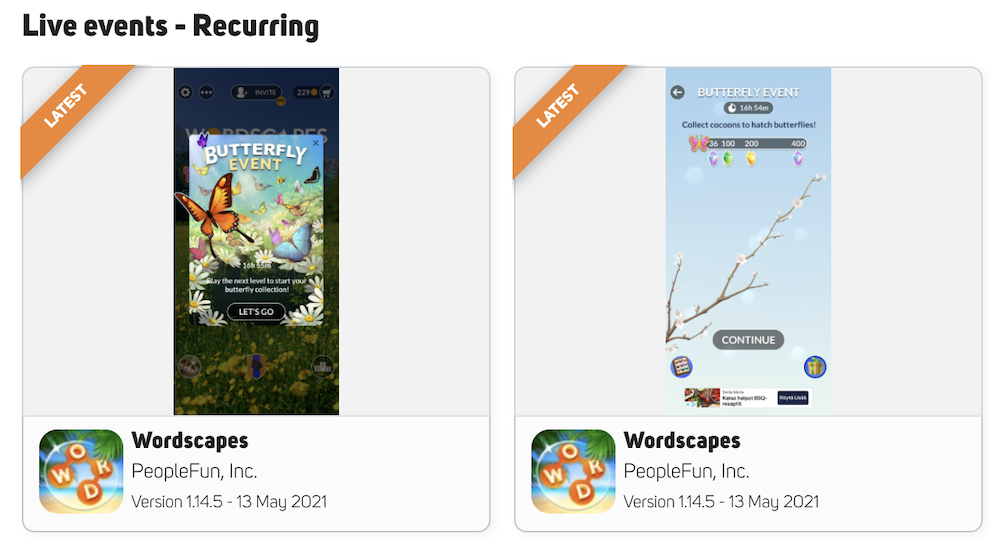
97% of the top-100 grossing US mobile games use live events, a 3% increase in the last 12 months. And while you might not typically associate puzzle-based games with live events, they can be found in a variety of word games such as Wordscapes and Word with Friends. There’s a good reason for this: live events have a massive impact on IAP revenue due to the additional elements they often introduce to games.
Additional gameplay modes such as those we’ve mentioned above would be best introduced as live events, so players don’t get bored of them. This would encourage players to keep checking back at various dates and might comprise unique non-recurring events, looping recurring events and/or special exclusive live event rewards.
Similar to other popular live events, this also opens up collaboration opportunities for Wordle with popular IP. Events could be themed depending on the time of year/seasons or be based around popular media franchises. This could be something as simple as the Wordle board being decorated in a new visual style, or maybe the words you need to guess are based on specific franchises, ideas, or themes.
Wordle could also choose to do something completely different by tapping into the demand for hybrid gameplay elements. Many mobile game genres such as 4X games use live events to incorporate new gameplay elements such as mini-games, offering a different experience outside of the core gameplay. Wordscapes does this with its butterfly events.
What’s next for Wordle?
While Wordle is still popular at the time of writing, players will inevitably move on to different games, especially if a Wordle competitor ends up offering more engaging gameplay mechanics. And it’s worth noting that there are plenty of Wordle competitors out there. One such game, Wordle!, developed by Goldfinch studios, has reached nearly 4 million downloads in the last month alone by capitalizing on search demand for the game in app stores.
Expect to see many more Wordle imitators in the coming months as app and game developers aim to replicate the success of the original Wordle. To stay ahead of the game, it’s inevitable that Wordle will need to innovate with new gameplay features, and the motivations for Word games on the GameRefinery platform show social features, live-ops and monetization are the way to go.
If you enjoyed reading this post, here are a few more you should definitely check out:

